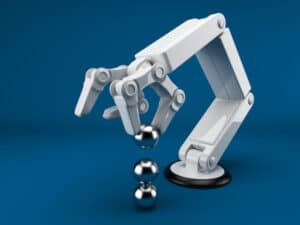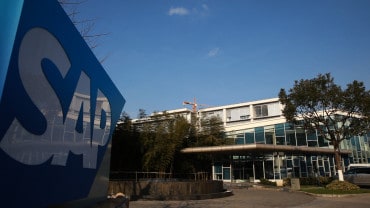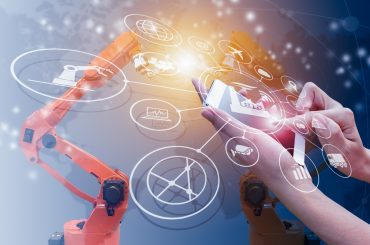
RT-2 utilizes chain-of-thought reasoning, allowing it to make multi-stage decisions, such as selecting alternative tools or beverages based on specific situations.
Google DeepMind unveiled Robotic Transformer 2 (RT-2), a vision-language-action (VLA) model designed to enhance robotic control through plain language instructions. Harnessing data from the Internet, RT-2 aims to foster robots that can adeptly navigate human environments, akin to well-known fictional robot companions from science fiction.
Redefining Robotic Capabilities
RT-2, drawing inspiration from how humans learn by reading and observing, relies on a vast language model akin to ChatGPT, which is trained using online text and images. This allows RT-2 to achieve the feat of generalization, enabling it to recognize patterns and perform untrained tasks.
Google showcased RT-2’s proficiency by demonstrating its ability to identify and discard trash without prior training. This includes recognizing potentially ambiguous items like food packaging as trash. A separate test had a robot powered by RT-2 successfully pinpoint a dinosaur figurine when instructed to “Pick up the extinct animal.” These capabilities are transformative as, traditionally, robotic training has been labor-intensive, relying on extensive manual data acquisition.
See also: AI and Robotics Research Continues to Accelerate
The Technical Mastery Behind RT-2
RT-2’s prowess can be attributed to Google DeepMind’s adoption of transformer AI models, celebrated for their generalization capabilities. The technology is built on Google’s prior AI innovations, such as the Pathways Language and Image model (PaLI-X) and the Pathways Language model Embodied (PaLM-E). Moreover, RT-2 was co-trained using data from its precursor, RT-1, gathered over 17 months.
The RT-2 framework refines a pre-trained VLM model with robotics and web data, leading to a model that processes camera images from robots and predicts subsequent actions. Interestingly, actions are represented as tokens, akin to word fragments, aiding in the robot’s control. This method, applied to RT-1, was also employed for RT-2, converting actions into symbolic “string” representations to facilitate new skill acquisition.
Additionally, RT-2 utilizes chain-of-thought reasoning, allowing it to make multi-stage decisions, such as selecting alternative tools or beverages based on specific situations. Comparative tests revealed RT-2’s stellar performance in new situations, recording a 62% success rate against RT-1’s 32%.
However, the model has its limitations. Although web data enhances generalization over concepts, it cannot bestow the robot with new physical skills it hasn’t practiced. Google acknowledges these constraints and the considerable research journey ahead but remains optimistic, viewing RT-2 as a significant stride towards achieving general-purpose robots.



























